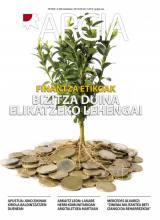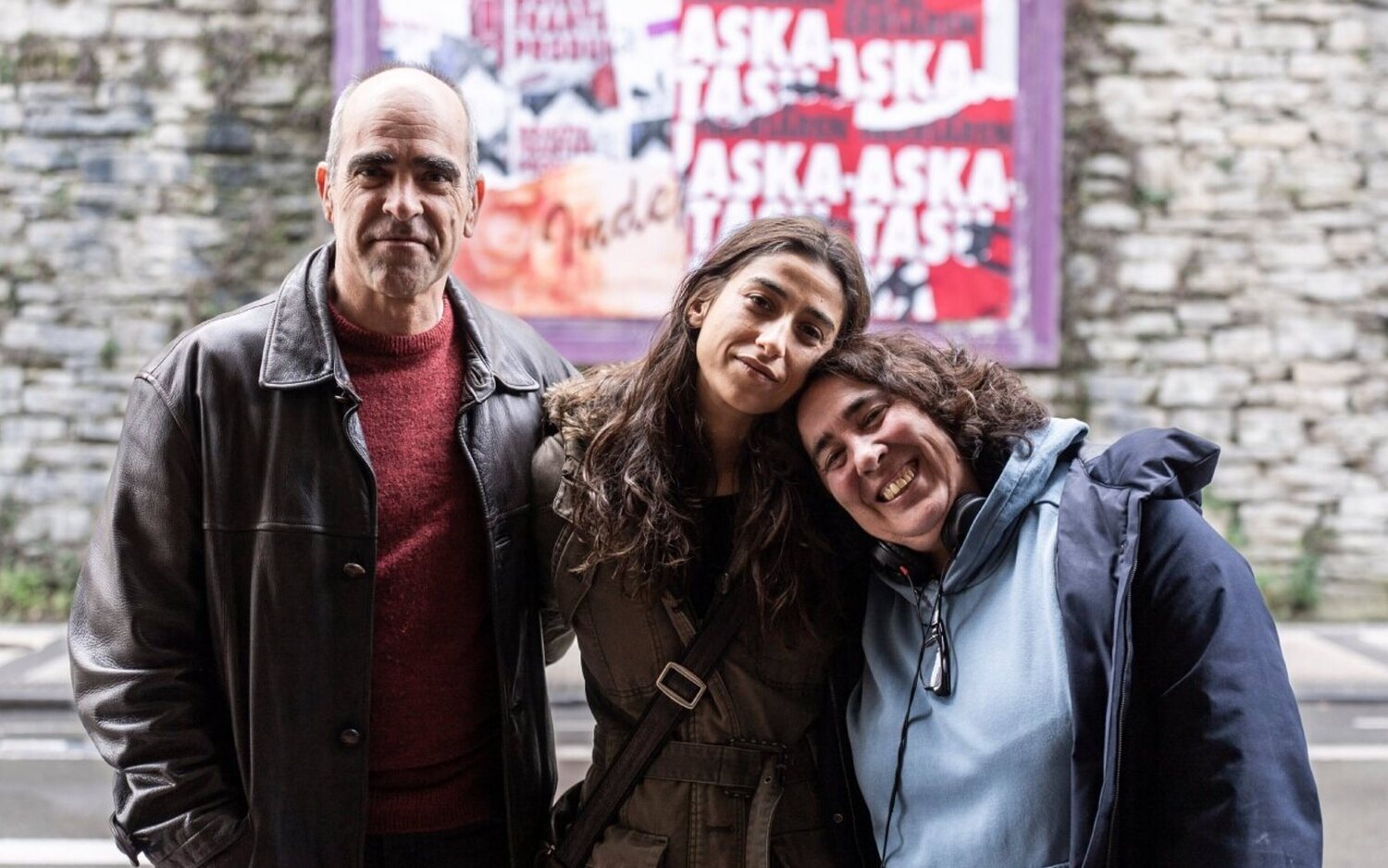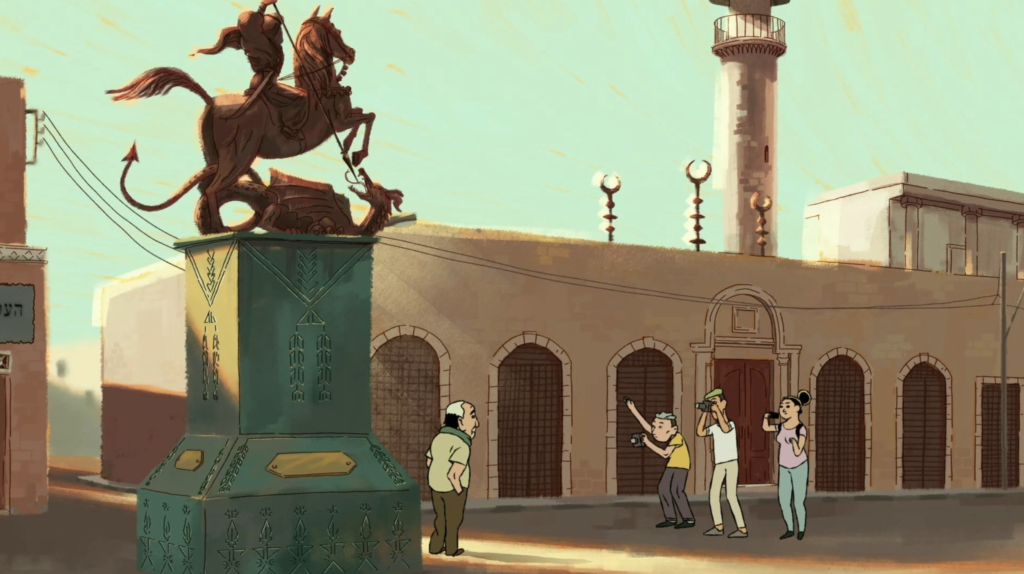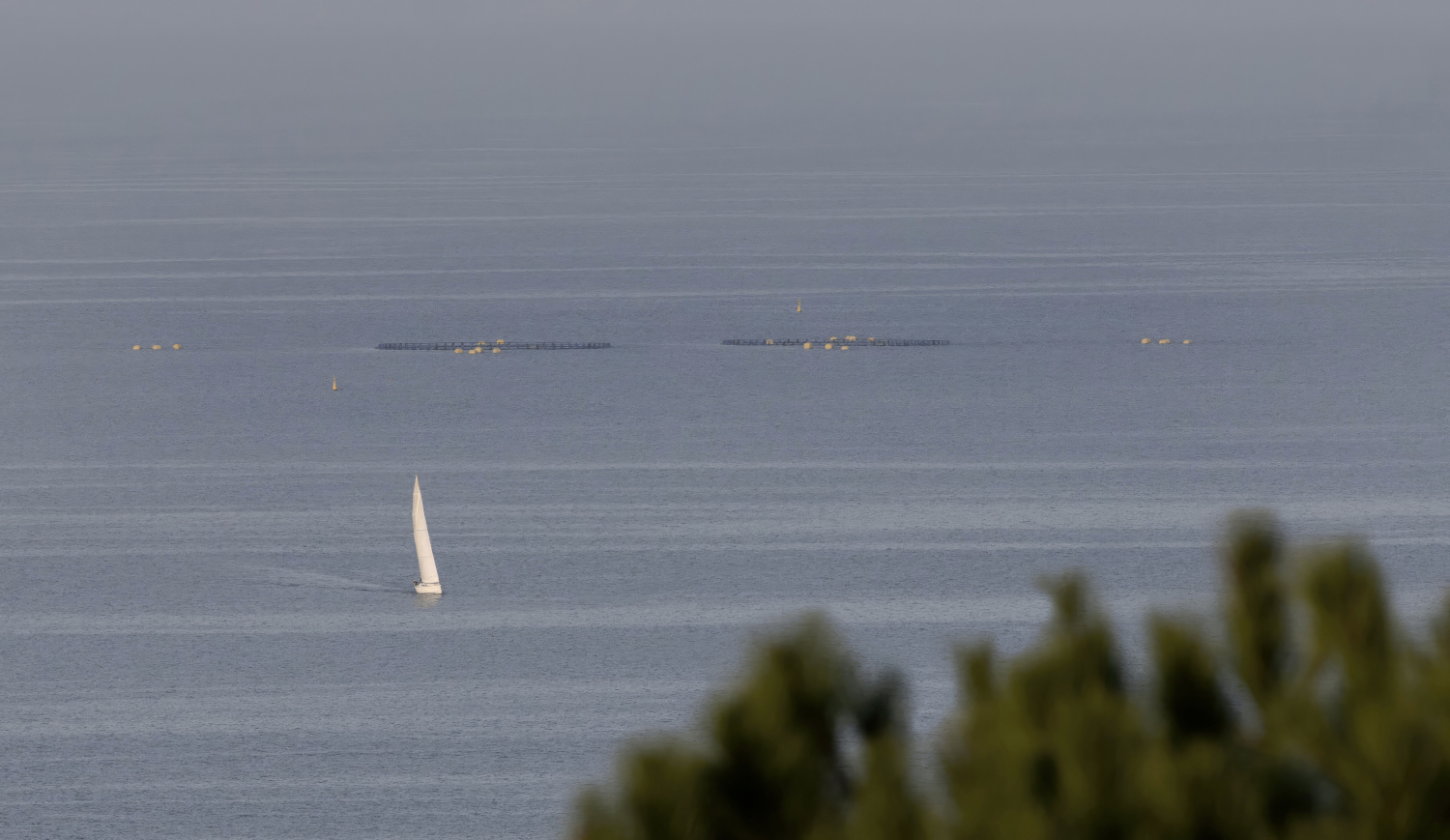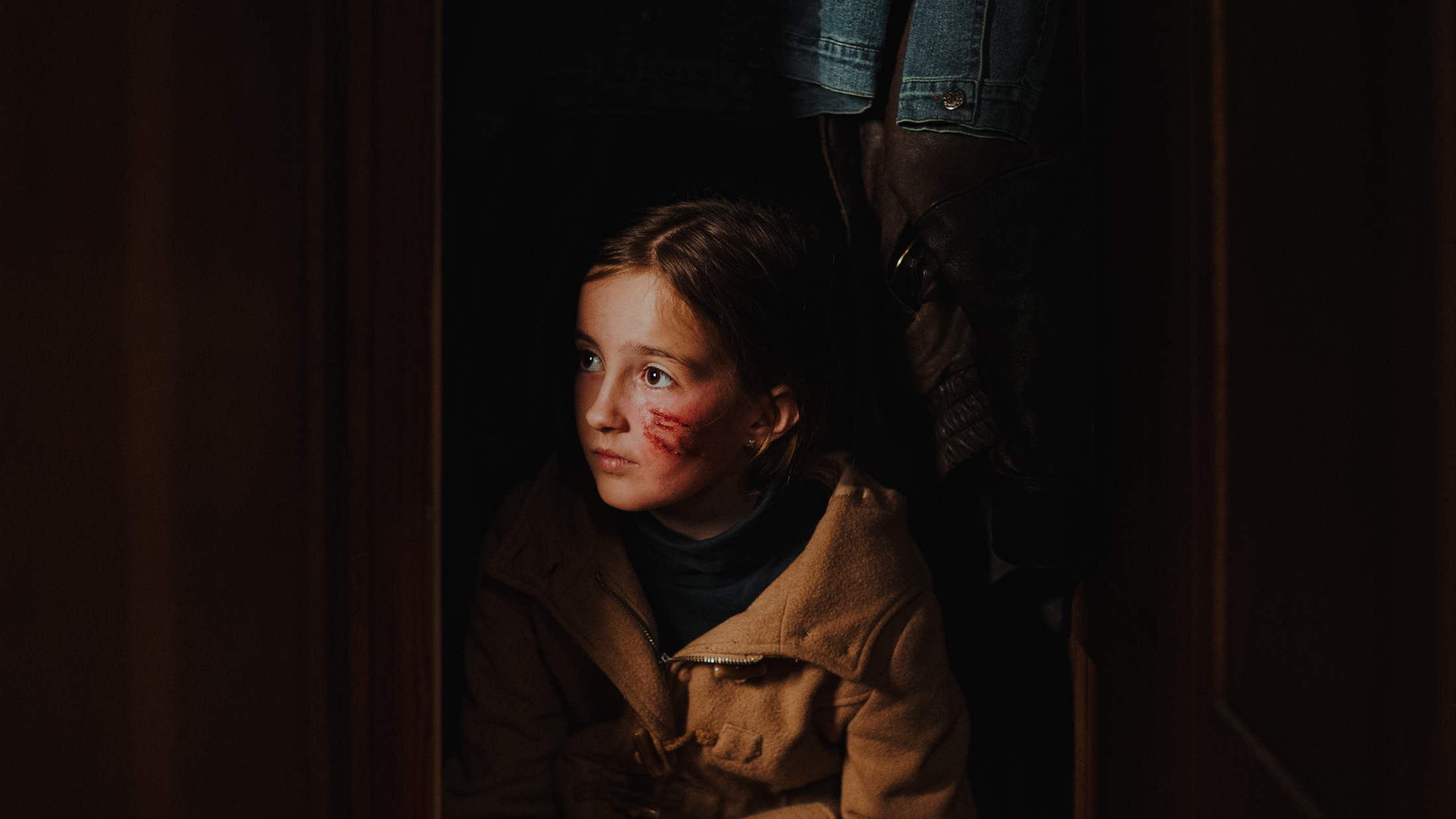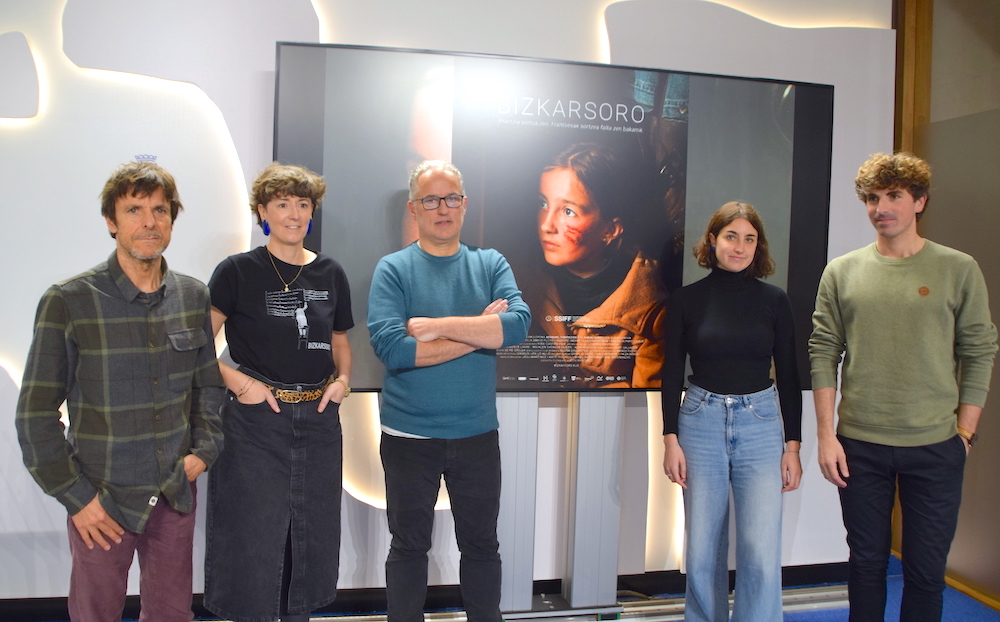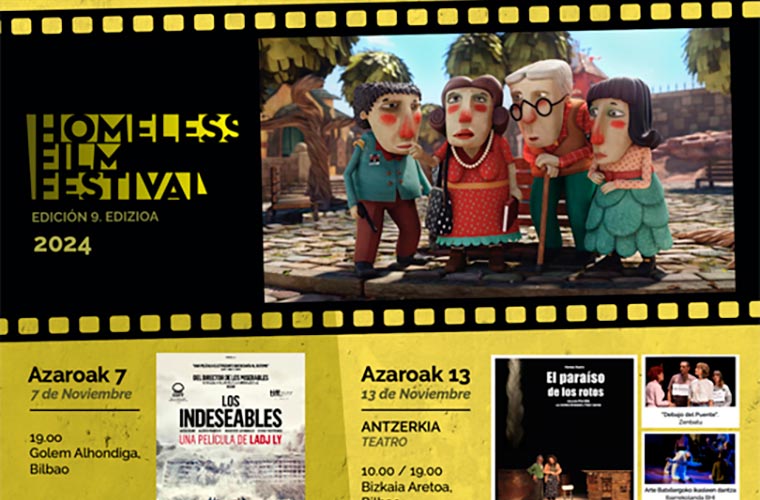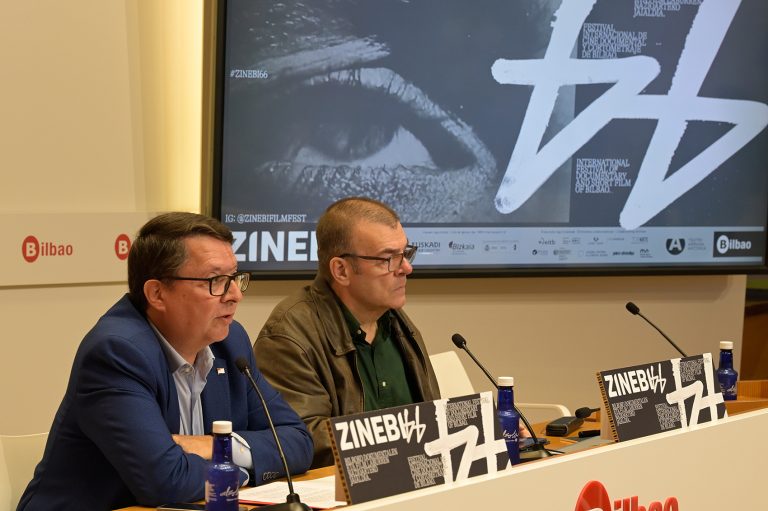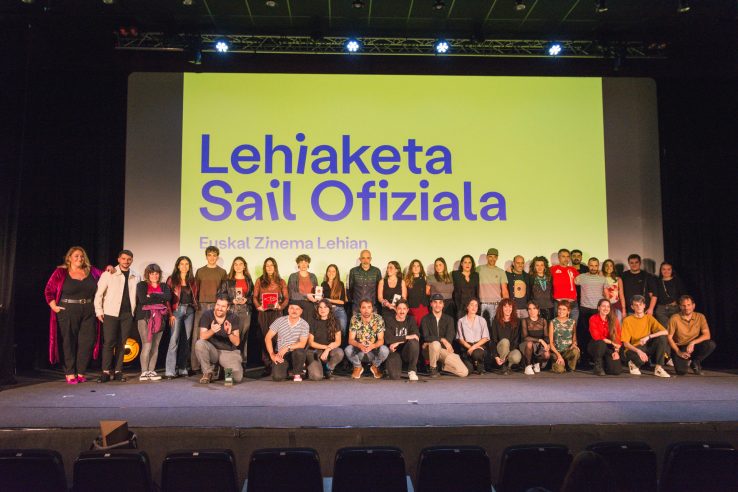Can the image drive politics?
- Petra Bauer is an artist and filmmaker based in Stockholm. Last November he held a workshop and a talk in Tabakalera, under the LaPublika initiative, promoted by the art producer Consonni: “Women and moving images. Films and photographs as tools for politics.” We talk to Bauer about the public sphere, about responsibility, and with the women's group Sisters! of the movie. It is an adaptation of the interview published in the journal Concretely.
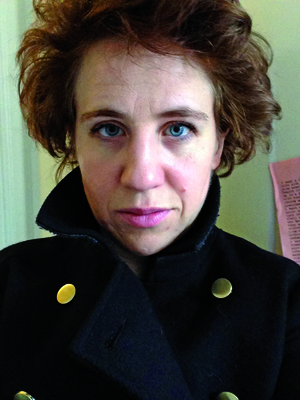
You presented Morning Breeze at the last Venice Biennale. Negotiating politics through images is one of the axes of the work.
Those photos shown in Venice perfectly reflect that the images can serve to make politics and negotiate. The photographs were published in a Swedish magazine of socialist women between 1905 and 1920. Then more photos came, but I was interested in that margin, because in 1921, Swedish women took political rights, and my curiosity was to know what you do to the state and the law when you're not a political subject.
Those women created images. They were portrayed as collective and political subjects. On the other hand, we can see them in depth – reading, writing – in traditionally masculine activities, which also meant a violation of gender norms. At that time, images of female intellectuals were scarce. So they questioned the idea of women's capabilities, and when they published them, they came to other women. In my opinion, they used the images in a very smart way to influence politics.
You also brought the work of other filmmakers to the workshop held within the LaPublika project.
Yes, for example, I showed films by Israeli director Avi Mograbi. He opposes occupation and, with the camera, goes to checkpoints and other places where soldiers are found. Through the camera, it causes situations that highlight power relations. This can be achieved by the House, because the spectacularity is what makes these apparent political relations come true.
I also showed films made by Palestinians, and it's interesting to compare the two, because they can't approach the soldiers. Therefore, they use the camera in a different way, but in short, the objective is the same: to make a concrete political situation visible. It's clear that the potential of the process is that these images can be made public. Soldiers act in a certain way because of the presence of cameras. On the other hand, in the case of the Palestinians, when they start recording, they cease to be victims and become active subjects. The camera is a kind of safety jacket that sometimes helps to reduce tension.
What relationship does your work have with the public sphere?
"Art is a public endeavor, at least for me it is.
A movie doesn't
exist until someone sees it."
It is a very simple and at the same time very complicated question. Art is a public endeavor, at least for me. A movie doesn't exist until someone sees it. In this respect, therefore, the answer is clear.
Then, the complicated question is: What are we talking about when we talk about the public sphere? Hannah Arendt's contributions are very important to me, and she says there's no difference between the political and the public. In addition, he says that for a space to be political, a series of requirements must be met: to begin with, it has to be plural, it has to gather diverse points of view; second, it has to be unpredictable and intersubjective. If you try to control or predict a space, the political part disappears. So my films bring diversity and, at best, broaden the boundaries of diversity. In other words, they add a point of view, a voice, a problem, perhaps never present in the public sphere. I don't get it with all my projects, but I try.
Of course, it's also important how those themes and voices appear. As an artist, I have a responsibility for the appearance of things, and I think that's what worries me the most, what has to do with the public sphere. Of course, understanding that aesthetics is also part of the content.
You're also interested in group practices, collaborative practices.
A lot of people think that collaborative practice means that everybody participates, that everybody uses the camera ... That seems to me very simplistic, it's not a contemporary view.
My methodologies influence the relationships among the participants. In my opinion, collaborating is realizing, for example, that we two create this conversation together. This does not mean that we both work in the same way, or that we have the same itinerary or decision-making power, but we can create a method to take advantage of both experiences and capabilities for a common purpose. That's collaborating, and that's where you start negotiating.
It's not an easy task, of course, because relationships involve conflict, but it's not about creating a work environment without tension, but about creating a work environment where you can build relationships and negotiate decisions with others. From that point on, collective results emerge.
And the question of the author?
“I’m not so interested in who signed the work, but how it happened. The tools used for production directly affect what it can produce.”
Of course, it is an important aspect, but sometimes the only thing we have in mind is that. Right now, I am not so interested in who has signed the work, but in how it has been produced. The tools used for production directly affect what it can produce. For example, Sisters! We started the film because the political women's group Southall Black Sisters (SBS) and I had a relationship. We were interdependent, and that's what interests me. Interdependence and vulnerability are important concepts for me.
However, it does not deny power relations. How do you manage them?
“The aesthetic of revolution is that of men on the street: passionate images.
But it's time for revolution, it takes about 15 minutes. Real political work goes elsewhere”
There are obviously power relationships, but power is not always mine. To begin with, I think we need to discuss the issue even more. SBS members may not want to appear in the context of audiovisual art. It's the world of artists, and political activists may not care so much about it.
On the other hand, it is interesting to observe the issue from a perspective of responsibility. When we release a film, who takes responsibility for it? The issue changes, as you can decide whether or not you are responsible for something. This concept is in the process of development, but in the project that I am now carrying out we are discussing issues of collective responsibility and authorship, before discussing the very content of the film. At Sisters! We didn't do it that way, so you can say that I've learned in the process.
Sisters! In its elaboration it was especially focused on the daily work of the SBS group, which is often invisible.
The aesthetics of revolution, almost always, are a multitude of men, on the street: very passionate images. But the truth is, it's time for revolution, that is, it takes about 15 minutes. Real political work is elsewhere. It's engaged in politics with a lot of resistance, it has to spend long years before anything changes, and all of a sudden there's a time for revolution -- and then it comes back and it has to go back to work on a day-to-day basis.
Women do a lot of political work within that day to day. When we talk about politics, we do not think about that, but it is an essential practice. One of my goals was to show that everyday work as a political project. When I talk about Sisters! I always say they're moments before and after the revolution.
What do you think about representation?
Representation involves the idea that you can speak on behalf of someone, or represent something that has happened, a fact or an idea. This reduces the complexity of the world and the complexity of films. I don't believe in that idea: you can't speak for anyone. The films propose something, present or suggest something, but the proposal does not report the historical world, but the film is part of the historical world. This difference is very important.
What relationship do you have with your movies after releasing them?
That is the end of my work, after the film has come to the world, it is not for me to participate in debates and forums. The movie has its own body. In this respect, I do not think it is one of the usual activists. For me, the key is not to change or influence a particular situation, but to introduce a new voice into the diversity of reality.
Itoiz, udako sesioak filma estreinatu dute zinema aretoetan. Juan Carlos Perez taldekidearen hitz eta doinuak biltzen ditu Larraitz Zuazo, Zuri Goikoetxea eta Ainhoa Andrakaren filmak. Haiekin mintzatu gara Metropoli Foralean.









